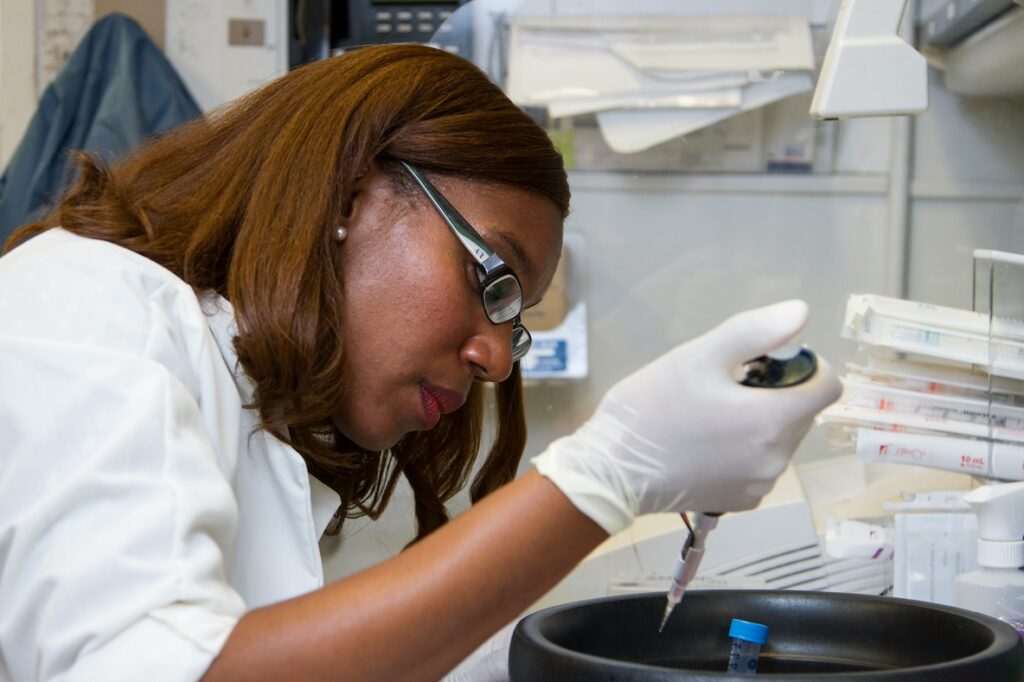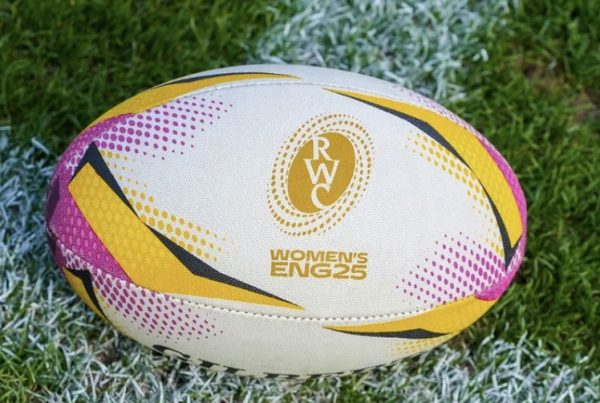Emancipation has seemingly brought women together in their struggle for equality, but with the number of female students rising at an unprecedented rate, many still report their disproportionate presence in higher education and research.
There is a fact of gender inequality present: men’s academic achievements are generally celebrated with more enthusiasm than those of their female counterparts. Modern universities are focused on developing future scholars’ leadership skills.
The initiative, being good on paper, does nothing to reduce the combative environment in many academic spheres and research institutions – something that makes female students refuse to engage in competitive behaviour in academia.

Any conversation that surrounds women’s education these days inevitably comes down to the definition of feminism and emancipation in female spaces. With over 57% of American college students being women, the question of ideology seems more relevant than ever. While right-wing activists criticize the third wave of feminism for its obsession with public activism, exaltation of personal freedom, and condemning toxic masculinity, academic spaces in universities remain largely dominated by men.
This provokes multiple discussions on whether or not universities should create more healthy spaces for students to engage in women’s studies. Men’s term papers of choice have mostly been focused on conventional “male topics,” confirming the stereotypical figure of a male student who is mostly obsessed with cars, technology, and economic prospects. The Rise of electric cars and their advantages, the role of stocks in forming today’s economy, and Elon Musk’s vision of commercial spaceflight are the most popular subjects among Gen Z enthusiasts in higher education.
But where do women stand in all this, and how can higher education facilitate their growth in a university environment focused on male achievements and success? We know the female scientists of today who have made numerous breakthroughs in the research field: Cynthia Kenyon, specializing in genetics and life extension; Emmanuelle Charpentier, a microbiologist responsible for gene engineering; Sara Seager, an astrophysicist and planetary scientist; Debra Elmegreen, a legendary astronomer, and many more.
Women’s enrolment in higher education programs has increased over the last decade, narrowing down the gender gap between male and female researchers.

Women and Science: Gender Issues
The number of female scientists wanting to pursue higher education becomes larger by the day. However, you can still find researchers claiming that the sexism level in national institutions is high.
Whether it is crafting a scientific project with your fellow students or presenting your arguments on “Is Essaypro.com scam?” and the benefits of essay writing services, male students are still considered more capable of drawing logical conclusions and staying rational in the face of academic challenges. More than 60% of academics in the US are men, with women often delegated to junior posts or forced to accept temporary contracts.
With male students given more opportunities to pursue their dreams, it is hard for the female student community to rise against the patriarchal standards of the modern scientific discourse.
According to the Royal Historical Society based in the UK, women in science are still deemed a marginalised group, with toxic masculinity practices forcing them to remain in the shadows and step back to let male academics succeed. The study shows that women are more likely to suffer from an aggressive environment and inappropriate behavior aimed at them. They can become overwhelmed with the obvious “maleness” of their study groups, which reinforces the notion that they do not belong.
The Future of Female Scientists
Student emancipation can also be hindered by the competitive nature of studies. Despite the large group of American students claiming to approve of liberal values, some of them openly disagree with the notion that women are inferior to male academics and need to be kept in junior positions.
Breaking the glass ceiling and aspiring to become as successful and prolific as male scientists has become a new goal for women in universities and colleges. It’s not enough for young women to pursue an academic degree – in this day and age, they have to go the extra mile to convince their male counterparts that their achievements are worth paying attention to.

We all know scientists like Marie Curie and Rosalind Franklin, who made a special effort to change the world we know today and contribute to science in an impactful, revolutionary way. Today, female scientists who wield power over their own projects can choose among a variety of disciplines available, be it physics, astronomy, engineering, or environmental science.
Nothing can get in the way of their achievements, and this is where female students take their inspiration from. To save time on writing essays and research papers, they now assign everyday college tasks to the professionals. Knowing the list of top essay writing services is crucial for deciding whether or not to order your homework from them. Is Essaypro legit? Questioning Essaypro’s credibility? This page offers detailed insights. By eliminating another factor that might distract them from conducting research, female students can focus on tasks that really matter and continue to tackle the most complicated assignments.
You may also enjoy reading about Women’s Solidarity On Campus: Themes And Initiatives




